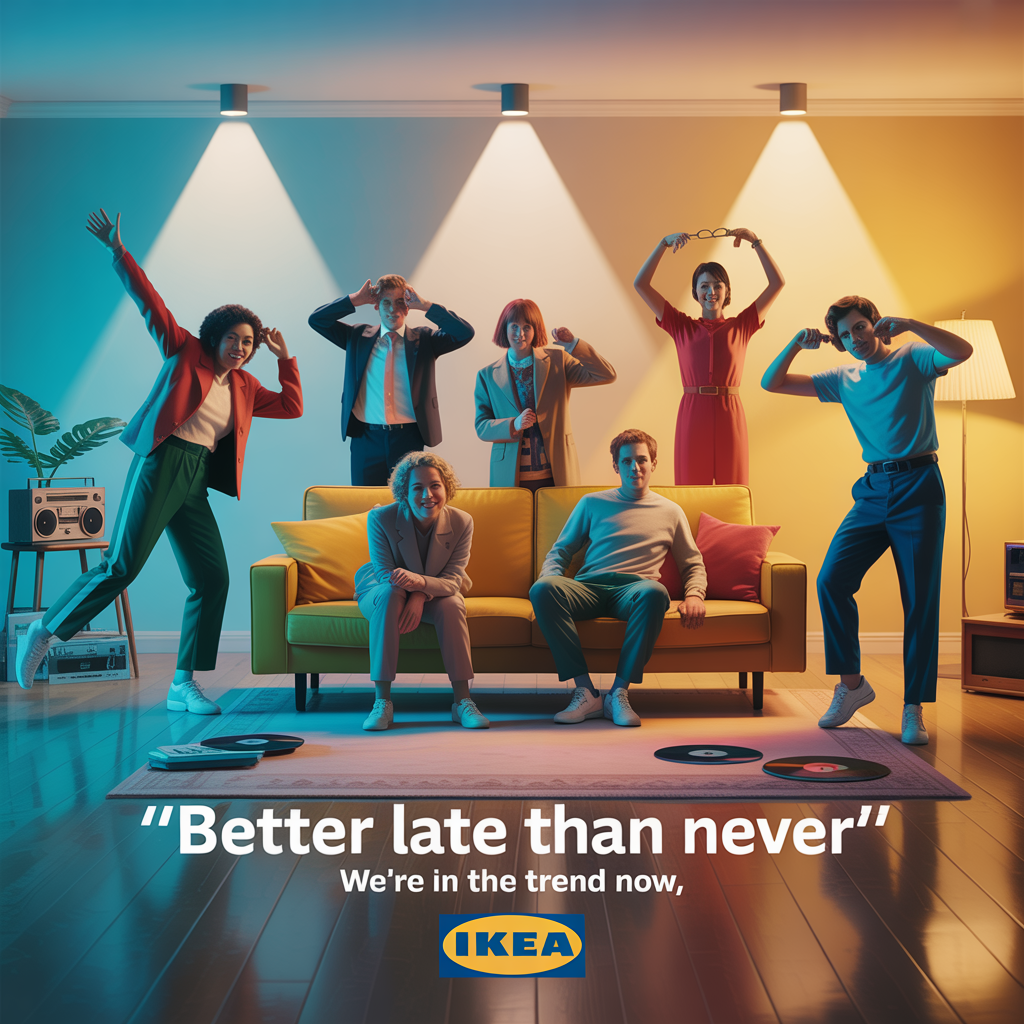Shop MRCOOL Traditional and DIY HVAC systems at Express Lane HVAC. We offer unbeatable prices on mini-splits, ducted heat pumps, and package systems. Compare and save with our guaranteed best prices in the USA. Your trusted source for efficient and reliable HVAC solutions.
As technology advances, the HVAC industry has seen innovations that are making home heating and cooling more efficient, flexible, and user-friendly. MRCOOL Source is a prominent player in this wave, offering unique HVAC solutions designed for DIY installation and energy efficiency, which differentiates it from conventional HVAC systems. Let’s explore how MRCOOL Source differs from traditional HVAC in terms of installation, energy efficiency, customization, and more to see which system might best suit your needs.
1. Ease of Installation
One of the most distinctive features of MRCOOL Source products is the ease of installation. MRCOOL’s DIY mini-split systems are designed for non-professional installation, meaning homeowners can install these systems themselves without needing extensive HVAC knowledge or expertise. For instance, MRCOOL mini-splits come with pre-charged lines, which eliminate the need for refrigerant handling, making the setup straightforward and reducing reliance on professional installation services.
In contrast, traditional HVAC systems often require a licensed HVAC technician to handle complex tasks like refrigerant management, electrical connections, and ductwork installation. Not only does this make the process more time-consuming, but it also adds to the upfront installation cost.
2. Energy Efficiency and Eco-Friendly Features
MRCOOL Source products place a strong emphasis on energy efficiency. Many of their units feature inverter technology, which allows the compressor to adjust its speed based on the cooling or heating demand rather than operating at full capacity all the time. This feature reduces energy consumption, leading to lower electricity bills and minimizing environmental impact.
Traditional HVAC systems, especially older models, often lack this level of flexibility. While modern traditional systems may offer high-efficiency ratings, they usually rely on a fixed-speed compressor that cycles on and off. This can result in higher energy consumption, especially in homes where temperature demands fluctuate frequently.
Additionally, MRCOOL systems use eco-friendly refrigerants like R-410A, which have a lower environmental impact compared to some of the refrigerants still in use in older traditional HVAC units. This further supports the energy-conscious homeowner’s choice in favor of MRCOOL.
3. Customization and Zone Control
One area where MRCOOL stands out is in customization and zoning. Their mini-split systems allow for “zone heating and cooling,” meaning you can independently control the temperature in different rooms or areas of your home. This is ideal for multi-level homes or for households where each occupant prefers a different temperature. With individual control over each zone, you can cool one room while saving energy by not conditioning other areas.
Traditional HVAC systems, on the other hand, usually rely on central air distribution through ductwork. Although some traditional systems allow for zoning, it requires complex and costly modifications to the ductwork. These systems generally condition all rooms to the same temperature, which can result in energy inefficiency and less flexibility for individual comfort preferences.
4. Cost-Effectiveness
Cost is a major consideration for most homeowners. MRCOOL systems tend to have a lower overall cost, especially when considering the DIY installation option, which eliminates labor expenses. Furthermore, due to their energy efficiency, MRCOOL units often lead to reduced monthly energy costs, adding to the system’s cost-effectiveness over time.
In contrast, traditional HVAC systems can be more expensive upfront due to the need for professional installation. Additionally, if your home doesn’t already have ductwork, the cost of installing a central system can be substantial. For homeowners looking to minimize initial costs and maximize long-term savings, MRCOOL offers an appealing alternative.
5. Maintenance Requirements
The maintenance requirements for MRCOOL systems are relatively low. Without the need for ductwork, MRCOOL mini-splits have fewer components that require regular cleaning or servicing. Many MRCOOL systems also come with washable filters that are easy to access and maintain, making it simpler for homeowners to perform routine maintenance.
Traditional HVAC systems, particularly those that use central air ducts, require regular duct cleaning to ensure good air quality and system efficiency. Dust, pollen, and other contaminants can accumulate in the ducts over time, leading to lower air quality and potential health issues. Moreover, these systems often require professional maintenance to inspect for leaks, clean coils, and ensure that the entire network of ducts and vents is in good condition, adding to their ongoing upkeep costs.
6. Smart Technology and Remote Control Options
MRCOOL has embraced smart technology integration with features like Wi-Fi compatibility and mobile app control, which allow users to control their systems remotely. This is beneficial for homeowners who want to adjust the temperature before arriving home or monitor their system’s performance remotely. These systems can also integrate with smart home assistants like Amazon Alexa and Google Assistant, offering enhanced convenience.
While some traditional HVAC systems also offer smart thermostat options, it typically involves an additional upgrade to the central control unit. For homes without Wi-Fi or smart system compatibility, traditional systems may not offer the same level of advanced control without significant upgrades or additional components.
7. Scalability and Flexibility
MRCOOL systems, particularly mini-splits, offer flexibility in terms of scalability. Homeowners can start with a single-zone unit for a specific room or area and then add additional units as needed. This allows for a phased installation approach, ideal for those on a budget or those remodeling certain parts of their home over time.
Traditional HVAC systems are generally designed to cover the entire home from the outset. While this might be beneficial for a larger household, it doesn’t offer the same flexibility for gradual or budget-conscious upgrades.
8. Reliability and Durability
Both MRCOOL and traditional HVAC systems are designed to be reliable and durable, but MRCOOL systems are particularly known for their sturdy construction and ability to withstand various climate conditions. With features like anti-corrosion coating and high-quality materials, MRCOOL products are built to last. Additionally, MRCOOL units are designed with fewer moving parts than traditional systems, which often translates to fewer repair needs over time.
Traditional HVAC systems, particularly central air conditioners, can be durable but may require more frequent repairs due to the complexity of the system, especially if there is extensive ductwork involved. However, when properly maintained, traditional systems can also offer a long service life.
9. Environmental Impact and Sustainability
For environmentally conscious consumers, MRCOOL is a compelling choice due to its eco-friendly design and refrigerant choices. With energy-efficient operation and sustainable refrigerants, MRCOOL products help reduce greenhouse gas emissions. Their focus on ductless technology also reduces energy loss, which is common in ducted systems.
Traditional HVAC systems can still be energy-efficient and eco-friendly, especially newer models with high SEER ratings, but ductwork often leads to energy loss. Additionally, older units may still use refrigerants that are harmful to the environment, though many have switched to eco-friendlier options in recent years.
Conclusion
When comparing MRCOOL Source with traditional HVAC systems, the choice largely depends on your needs and priorities. MRCOOL’s products are ideal for homeowners looking for energy efficiency, ease of installation, and smart home compatibility, particularly in homes without existing ductwork. They offer a user-friendly, cost-effective solution with zoning capabilities and low maintenance.




















